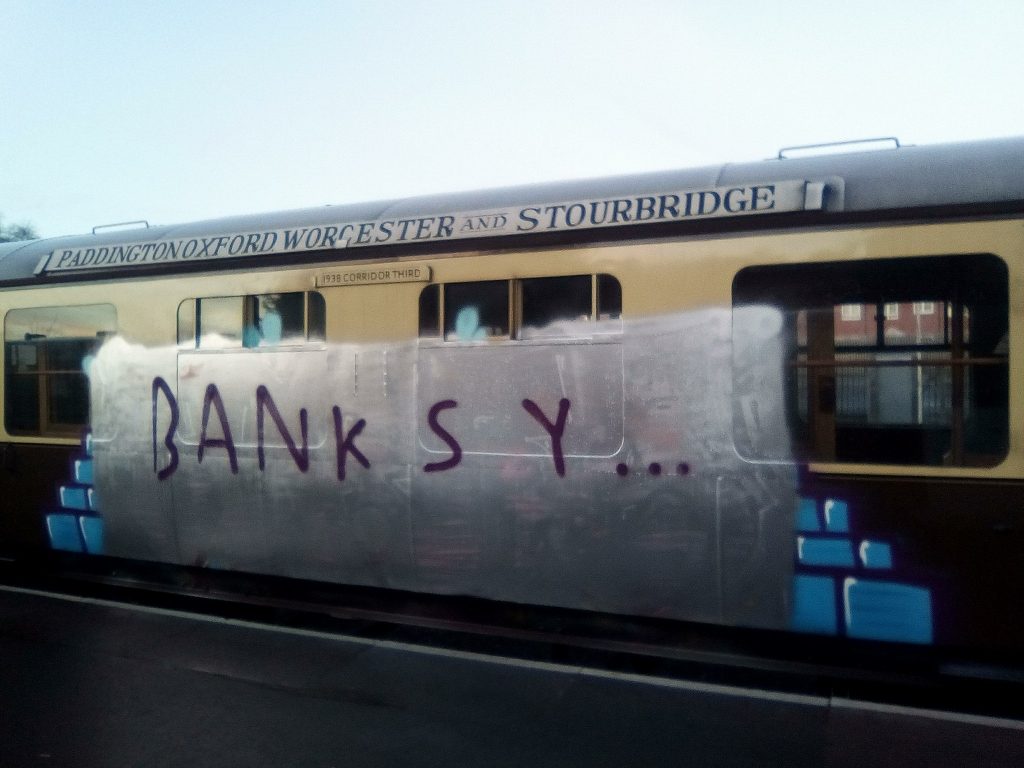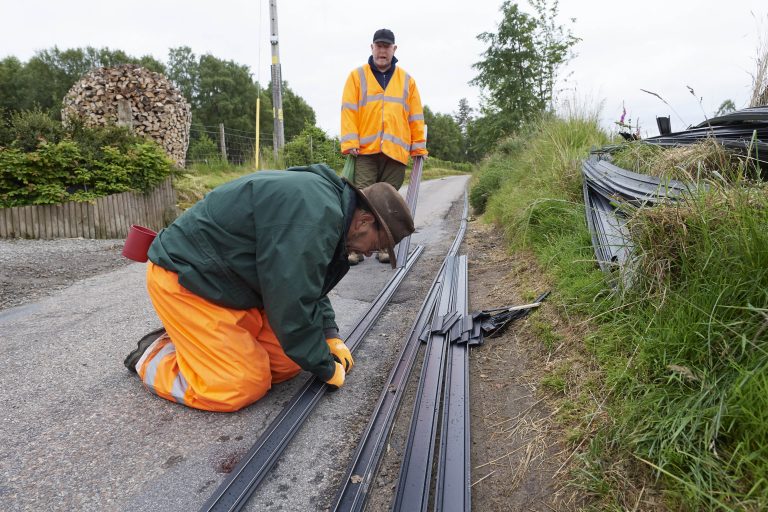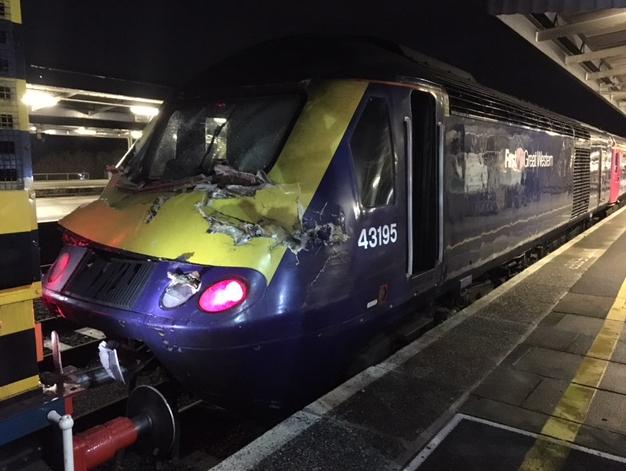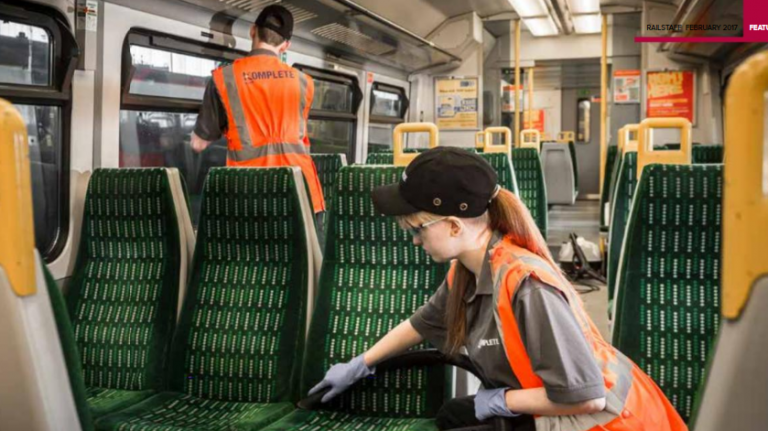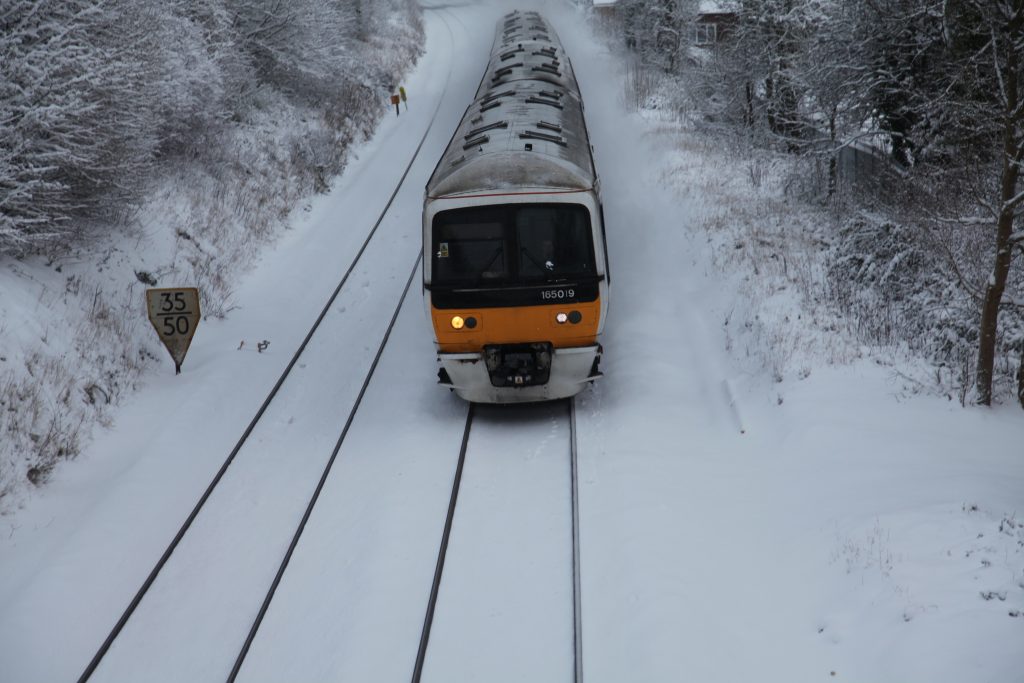Companies across the rail sector are each finding their own way to ensure that the railway’s workforce is reflective of society at large. At the end of 2017, the industry set itself the target of increasing the number of women and black, Asian and minority ethnic (BAME) employees by 20 per cent. This was announced within a long-term rail partnership plan, which also emphasised the positive steps taken by Network Rail to ensure there is representation for lesbian, gay, bisexual and transgender (LGBT) employees in the sector.
The drive for equality, diversity and inclusion (EDI) throughout Siemens Rail Automation is championed by the company’s managing director, Rob Morris, with EDI groups forming at each of the company’s principle offices throughout the UK.
Explaining the importance of these teams to the business, Rob Morris said: “Whilst diversity defines our mix of people, inclusion focuses on how we embed and develop a culture which enables us to perform at our best and to work together seamlessly.”
The EDI team at the company’s Birmingham office is a shining example of the work that is being undertaken company-wide. Under the leadership of senior project engineer and regional EDI champion Candiece Henry, the team has been actively promoting a wide range of activities, including raising the profile of both the Women in Engineering and International Men’s days as well as hosting a number of STEM (science, technology, engineering and maths) events at local schools.

To continue to raise awareness of these key subjects, the EDI team has engaged with a local primary school to support a three-year programme of STEM-based support, which includes sponsorship of mathematics software and a commitment from Siemens to attend career talks and subject-based workshops. Within the business, the group has organised a number of team-building activities, training programmes and health-related talks, with presentations from suppliers and industry-wide support organisations. To broaden engagement across the business, volunteers are also invited to chair the regular EDI planning and strategy meetings, providing people with an opportunity to help shape the group’s efforts and suggest topics for further exploration.
Charity ball
A particular focus of the team’s work this year has been to support its nominated charity, ‘Birmingham Mind’, by holding a series of fundraising events including the Siemens Rail Automation ‘Mind the Gap’ Charity Ball. Nearly 200 people attended the black-tie event at the Birmingham Council House in November, which provided an opportunity to celebrate funds raised of more than £23,000 to support the charity’s vital work in the area of mental health. In total this year, the company has contributed £24,072 to Birmingham Mind.
Having had its government funding cut earlier in the year, Mind relies heavily on donations to maintain its work. Speaking on behalf of the charity, Helen Wadley, chief executive of Birmingham Mind, said: “I’d like to thank all the team at Siemens, and in particular Candiece Henry and Denise Copson who were instrumental in organising the November ball, as well as a number of other activities – from a Christmas jumper day to a silent auction featuring amazing gifts. “The fantastic partnership with Siemens has been hugely beneficial for us. The company’s commitment to mental health and support for us as Charity of the Year has been superb, with this being the largest donation we have received from a single source. The funds raised will go back into our operation, to improve and continue running our mental health services for the Birmingham community.”
Jane Moore, head office manager and PA to the chief executive, added: “We were so pleased when we heard that Siemens was organising the ‘Mind the Gap’ ball to raise funds for Birmingham Mind.”
Candiece Henry continued: “Our EDI team was well aware that one in four people in the UK will experience a mental health problem each year, and so working with and helping to raise money for Mind has been a really worthwhile and rewarding focus for us this year.” “We have been supported at every step by both our operations director, West, Matt Kent and managing director, Rob Morris; both of whom were completely behind the charity ball to the extent that the business covered all the costs, so that every penny raised during the evening went directly to the charity.”
Powerful story
Those who attended the ball also heard a powerful testimonial from Darren Mahon, a former user of Mind’s services in Birmingham, who talked openly about his mental health battles. Darren thanked Birmingham Mind for giving him another chance in life and for their help in enabling him to turn his life around. With continued support from the Mind team in Birmingham, Darren went on to explain how he is now helping others to cope with their mental health issues.
Matt Kent summed up the role of the EDI group and the company’s association with Mind: “We are delighted to work so closely with this incredibly worthwhile charity, and to help support their invaluable work. I’d like to thank everyone who contributed to the success of the event and of course, to everyone who made a donation. “Whilst this was the main event, there have been a whole host of activities taking place within Siemens to raise money for Mind. From the Three Peaks Challenge undertaken by our Birmingham New Street Project Team, to sponsored slimming, card games and ‘walkathons’. I’m extremely proud of those who has given up their time and talents to make a difference to the lives of others.
“The EDI working group has achieved a huge amount in a short space of time, with the team carrying out a lot of its activities outside normal working hours. Not only have we been able to support Birmingham Mind, but importantly the group’s activities have united the office and helped break down some of the unconscious barriers which may have existed.”







